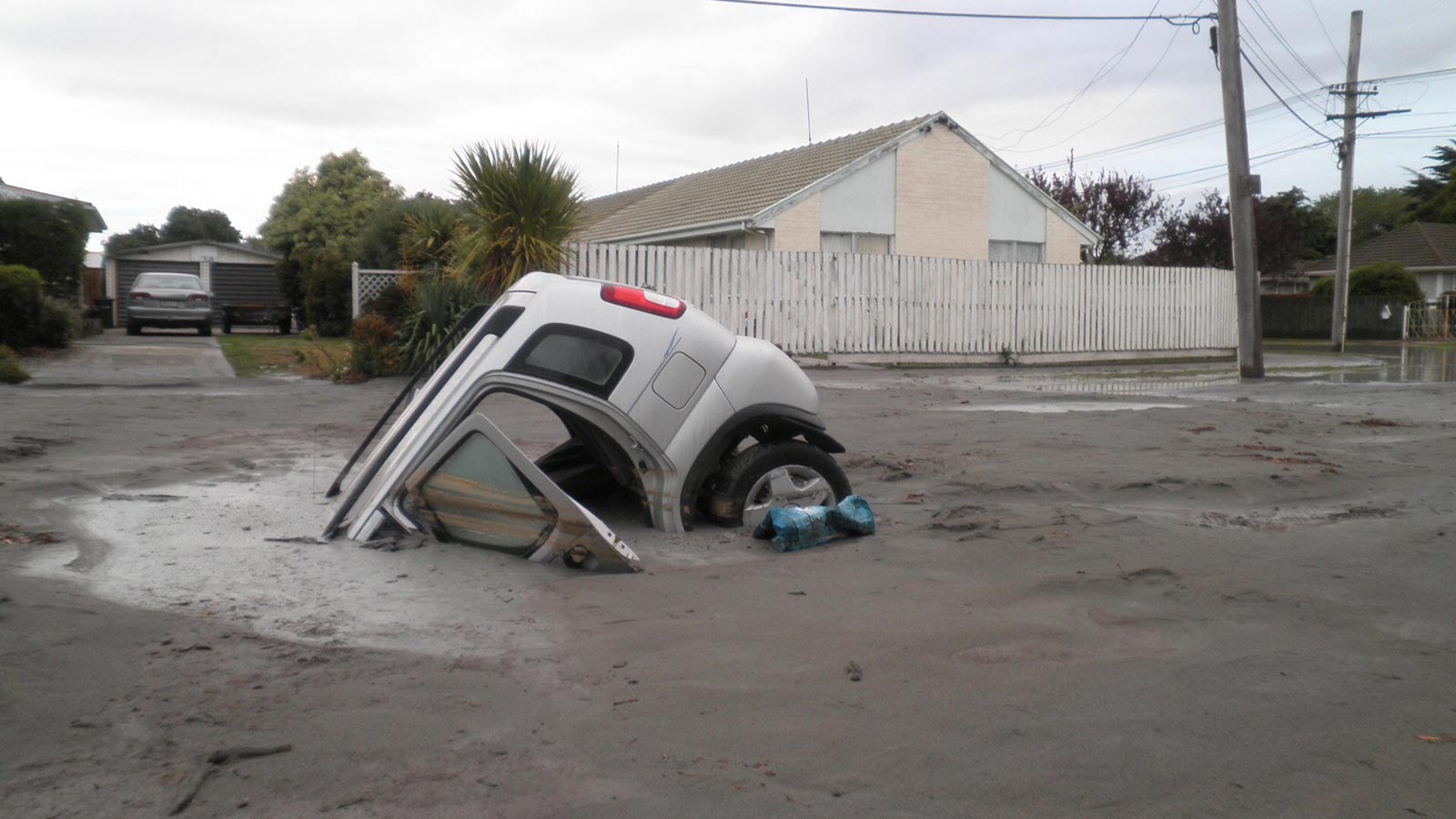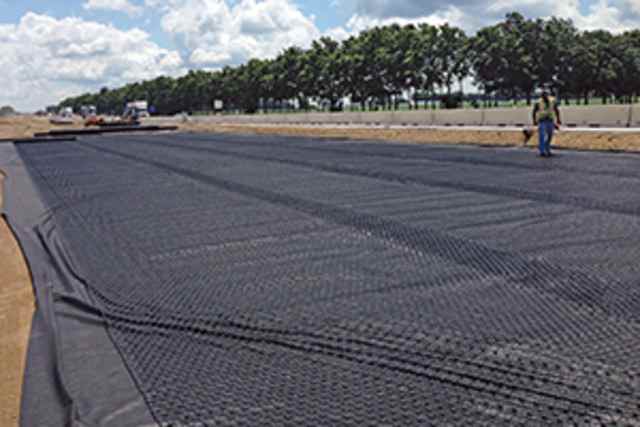Soil Liquefaction occurs when a saturated or partially saturated soil loses its strength and stiffness under cyclic loadings such as an earthquake or sudden change in stress condition.
In this phenomenon, the soil material which is solid in general behaves like a liquid. This phenomenon is most usually encountered in saturated, loose sandy soils because loose sand tends to compress when a load is applied due to its initial behaviour under loading.
- It occurs when the shear strength of the soil is reduced to zero.
- It can be due to monotonic loading or cyclic loading.
- For this to occur, the soil must be in a saturated loose state.
Concept of Soil Liquefication:
When a soil is saturated by water, a condition also prevails where the soil is below the water table and there the water fills the gap between the soil grains. When this soil has compressed the pressure of water residing in the pores of soil grains i.e., pore water pressure, increases, and the water in the pores tries to flow out from the soil to some low-pressure zone.
There is another case where the loading is applied suddenly and repeatedly (as in an earthquake), water cannot flow out before the application of the second cycle of the applied load and the water pressure exceeds the extent of the pressure between the grains of soil. The soil grains then lose this contact strength (the ability to transfer shear stress) and the soil starts flowing like a liquid i.e., Liquefaction.
Soil Liquefication occurs in:
- Loose to moderately saturated granular soils with poor drainage.
- Sand and silt.
Effects of Soil Liquefaction
- Liquefaction may have drastic effects on buildings whose foundations are directly on the sand. Those will experience a drastic and irregular settlement which will lead to structural damage. That includes cracks in the foundation and damage the structure.
- Punching shear type failure may also occur.
- Buildings or structures constructed on pile foundations may buckle due to detachment from adjacent soil.
- In the case of rivers or lakes, the sloping ground may slide on the liquefied soil layer.
- Earth embankments can lose stability.
- Sand boils or sand volcanoes.
- Landslides, as in the Alaska earthquake of 1964 (https://www.britannica.com/event/Alaska-earthquake-of-1964)
Quicksand Condition
Quicksand is a condition where the soil is saturated and water cannot escape from it. The soil in this condition is liquefied and has lost strength and not able to support any weight. Examples are upward flowing underground water or during an earthquake.
Remedial measures for Soil Liquefication
Soil liquefaction is a very dangerous condition having a drastic loss of life and property. So, it becomes very important to work on the remedial measures for it. It can be done by the following measures:
- Avoiding construction practices on soil susceptible to Liquefaction. Soil mapping should be the primary practice before construction.
- The structural system should be Liquefaction-proof.
- Soil Liquefaction Mitigation: Soil conditions can be improved by compaction methods. For example, Vibro compaction, dynamic compaction, Vibro stone columns. These methods are used to densify soil and hence are used to avoid soil liquefication. The buildings already constructed can be mitigated by injecting grout into the soil to stabilize the soil layer.
Also Read: Construction Site Safety


